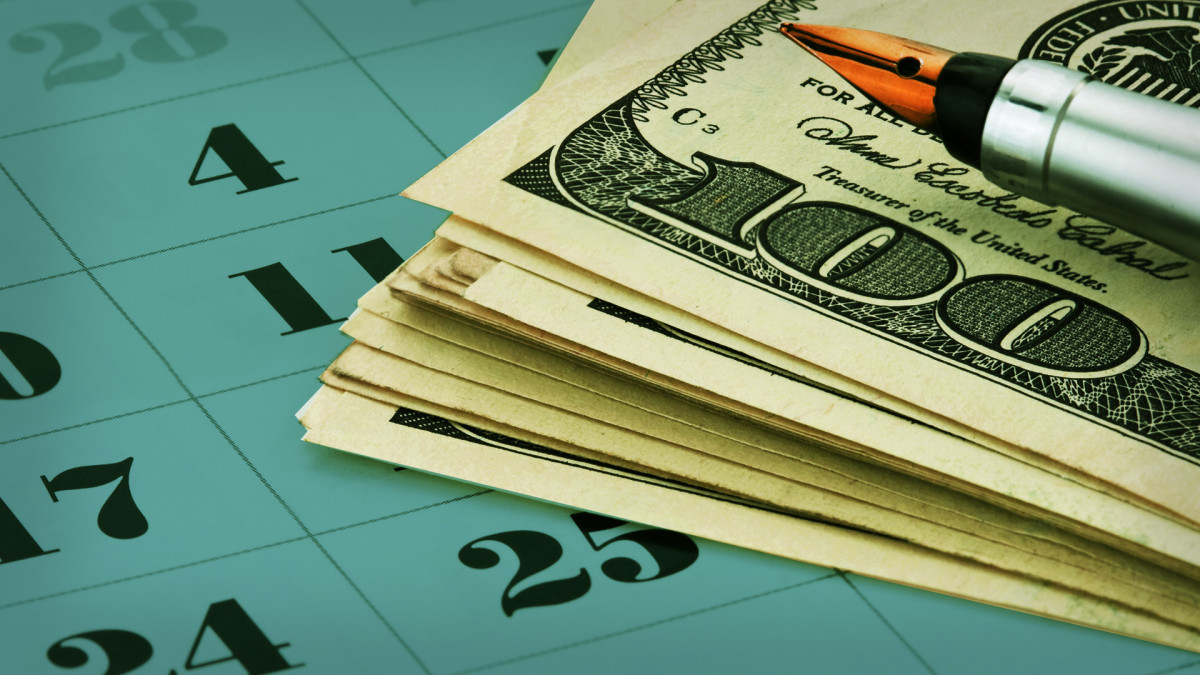
TheStreet aims to feature only the best products and services. If you buy something via one of our links, we may earn a commission.
The Federal Reserve reduced interest rates in mid-September following its committee meeting–with more rate cuts possible in the coming months. Not surprisingly, deposit rates have already fallen slightly in response, which means lower interest rates on savings accounts and CDs (certificates of deposit).
According to the FOMC minutes, board members are open to “additional adjustments to the target range for the federal funds rate” if economic data deem them appropriate.
💸💰 Don't miss the move: Subscribe to TheStreet's free daily newsletter 💰💸
CDs have become very attractive to combat the decline in deposit rates. Because CDs allow savers to lock in interest rates, they can be an effective way to maximize low-risk deposit growth if the Fed continues to drop interest rates.
Traditionally, a certificate of deposit is a deposit account with a maturity term during which the funds earn a fixed interest rate. The tradeoff is that the funds are not supposed to be withdrawn for that period. If you do require an early withdrawal, there will usually be a penalty (which may vary based on the maturity term).
Related: With Fed set to cut rates, this money move may pay off
For example, a 5-year CD might earn a fixed 4.00% APY (annual percentage yield) but have an early withdrawal penalty of up to 9 months of interest earned–roughly equivalent to $300 per $10,000.
Surely, you’ll want to maintain enough of a financial buffer to avoid making an early withdrawal that results in losing a chunk of your interest earnings.
DON'T MISS: Important CD information you need to know
• Emergency Fund Calculator: Find Out Your Ideal Safety Net
• Falling Interest Rates: How It Could Affect You and What You Can Do About It
• What are the differences between IRA CDs and regular CDs?
Consider a longer term CD
With the anticipation of multiple rate cuts over the next 12 months, opening CDs with longer maturity terms may be wise. While savings and CD rates drop significantly, you can enjoy locked-in rates for many years even if rates drop.
Historically, in response to the COVID-19 pandemic in early 2020, the Federal Reserve kept the federal funds rate at 0% for approximately two years. Before that, following the Great Recession in 2008, the Federal Reserve kept the federal funds rate near 0% for six years.
Those who secured great CD rates at longer maturity terms before such periods of low rates were growing their savings much faster than most people. Depending on the bank, you might find CD terms up to 10 years. However, commonly, a 5-year CD is the maximum term available.

TheStreet
Build a CD ladder
A CD ladder entails opening multiple CDs of increasing maturity terms, so you’ll have access to some of those funds regularly. This strategy helps alleviate liquidity concerns over a long period while you can still earn plenty of interest.
Here is an example of a CD ladder if you plan to save $10,000:
- $2,000 in a 1-year certificate
- $2,000 in a 2-year certificate
- $2,000 in a 3-year certificate
- $2,000 in a 4-year certificate
- $2,000 in a 5-year certificate
As each CD reaches maturity, renew it for another 5-year term if you do not need to use the cash. After four years, you’d have five different 5-year CDs at any time, with one reaching maturity yearly.
DON'T MISS: More from The Street on personal finance
- How your mortgage is key to early retirement
- Dave Ramsey bluntly speaks on interest rates and mortgages
- The average American faces one major 401(k) retirement dilemma
Regardless of the rate environment, a CD ladder diversifies your rates with high interest-earning potential because you opt for longer maturity terms.
Related: Veteran fund manager sees world of pain coming for stocks







